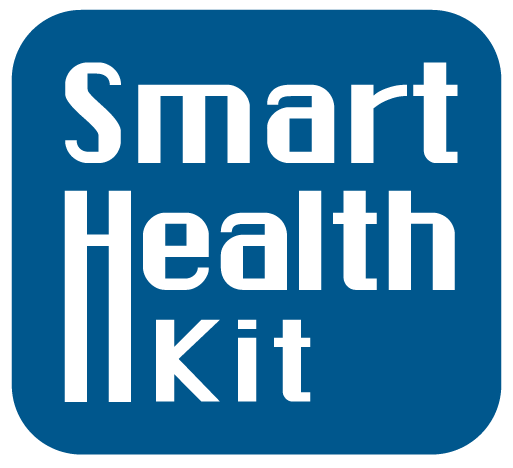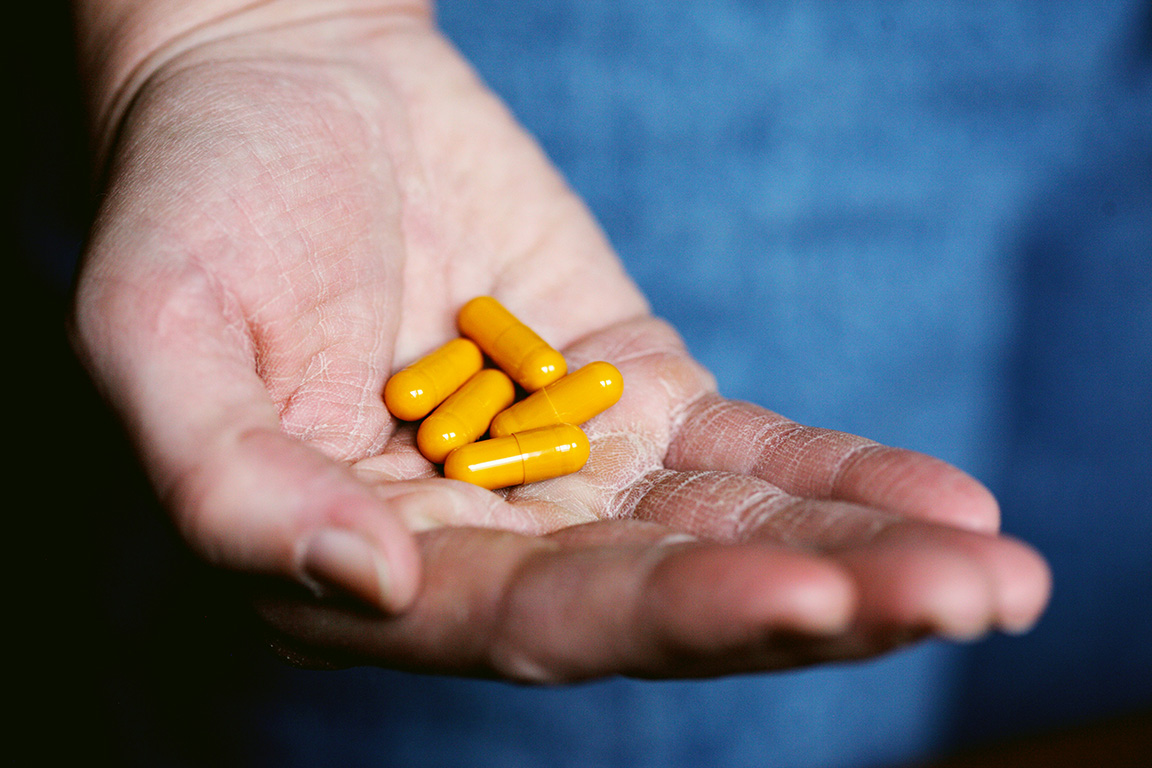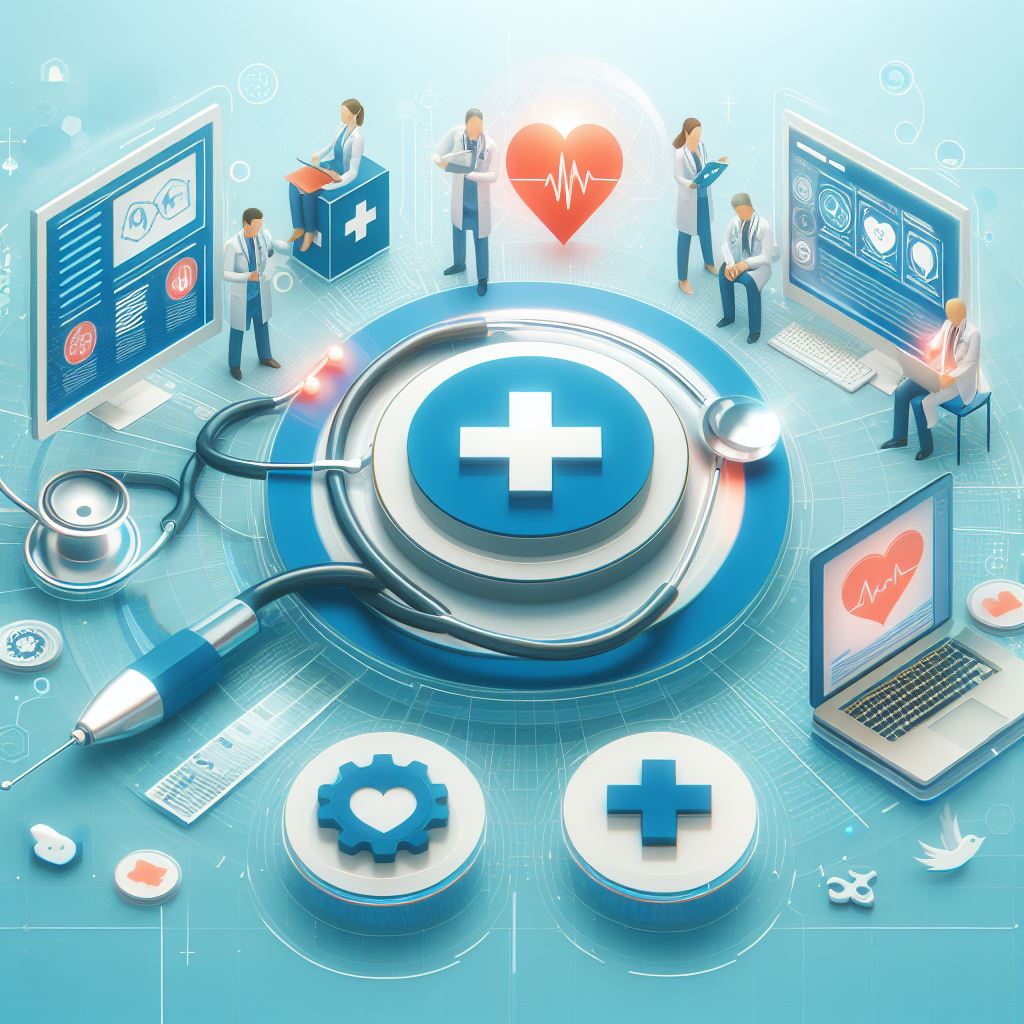Regular cancer screening can detect cancer early when it’s often most treatable. The US Preventive Services Task Force (USPSTF) has clear recommendations for breast, cervical, colorectal, and lung cancer screening. Sadly, many eligible adults aren’t getting screened as recommended, meaning we are likely missing opportunities to save lives.
Modeling the Impact of Increased Screening
A new study investigated what would happen if we increased the use of USPSTF-recommended cancer screening tests by just 10%. The findings are compelling:
- Lives Saved: Thousands of deaths from lung, colorectal, breast, and cervical cancer could be prevented each year. This highlights the tremendous potential of screening as a tool against cancer.
- Benefits and Risks: It’s crucial to remember that screening isn’t perfect. False-positive results can cause anxiety, and follow-up procedures sometimes have complications. Doctors and patients need to weigh the potential benefits against the risks on an individual basis.
Barriers to Screening: Why Isn’t Everyone Getting Tested?
Unfortunately, there are several reasons why people don’t get screened:
- Access: Our healthcare system has gaps – lack of insurance, limited clinics in certain areas, and systemic biases all make it harder for some groups to receive regular care.
- Awareness: Not all doctors consistently discuss screening options with their patients, or they may underestimate a person’s individual risk.
- Fear and Misconceptions: Some people avoid screening due to fear of a positive result or misunderstandings about the procedures.
The Big Takeaway: What Can We Do?
Increasing cancer screening is a public health priority, but this study emphasizes that it’s just one piece of the puzzle. To reach ambitious goals like reducing cancer deaths by 50%, we need a multi-pronged approach:
- Targeting High-Risk Groups: People with a family history of cancer, certain lifestyle factors, or other risk indicators need extra attention and encouragement to get screened regularly.
- Prevention Plus: Smoking cessation, healthy diet, and exercise programs all help reduce the overall number of people who develop cancer.
- New Treatments: Better, less invasive treatments mean that even if cancer is found, patients have more options for successful recovery.
- Patient Education: Clear, accessible information about screening recommendations can empower people to make informed decisions in partnership with their doctors.
Cancer screening is a powerful tool, but it only works when people use it. By addressing barriers and emphasizing the benefits, we can make real progress in the fight against this devastating disease.
Ref: https://www.cancer.gov/news-events/cancer-currents-blog/2024/more-cancer-screening-modeling-study-knudsen






